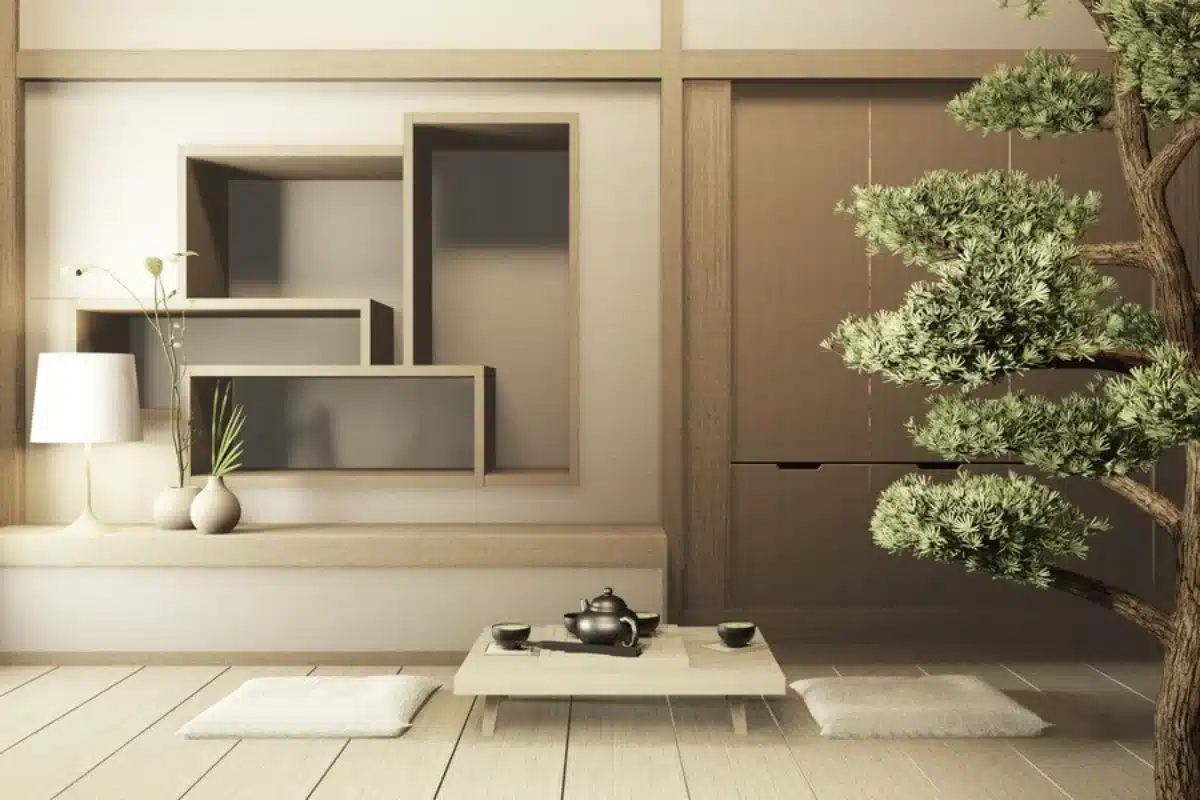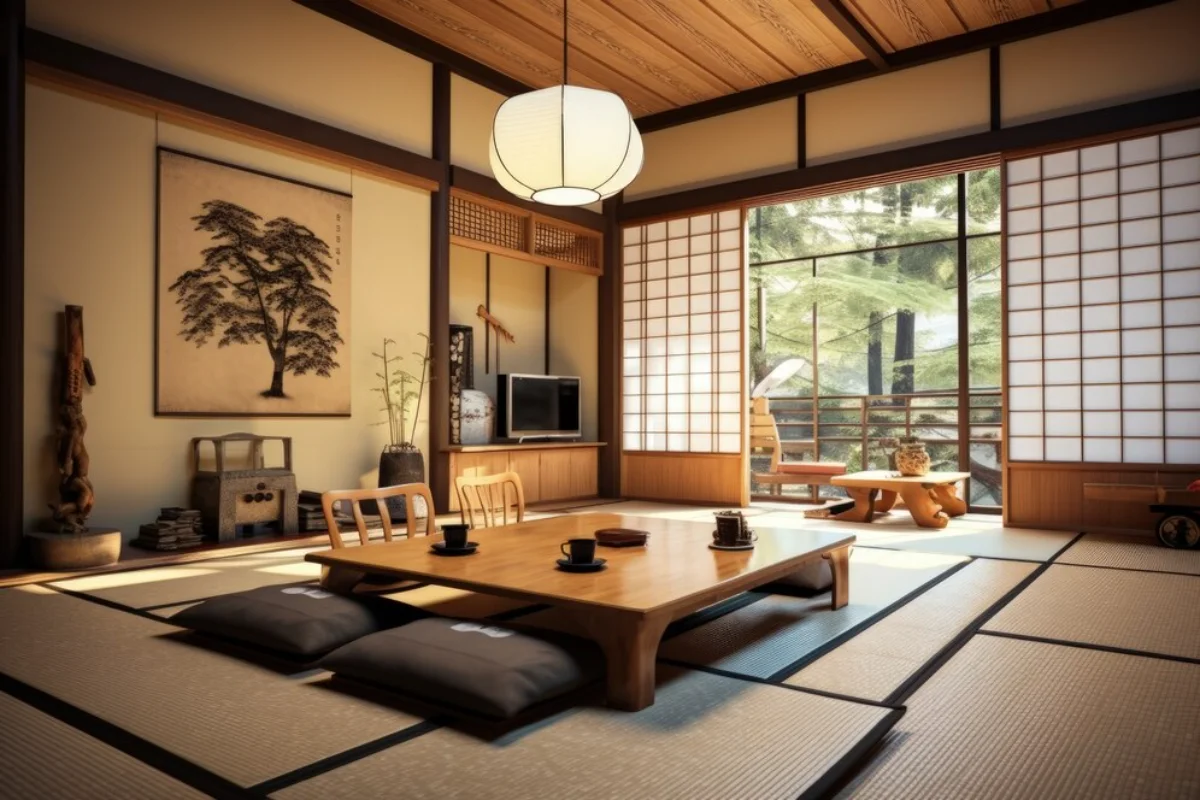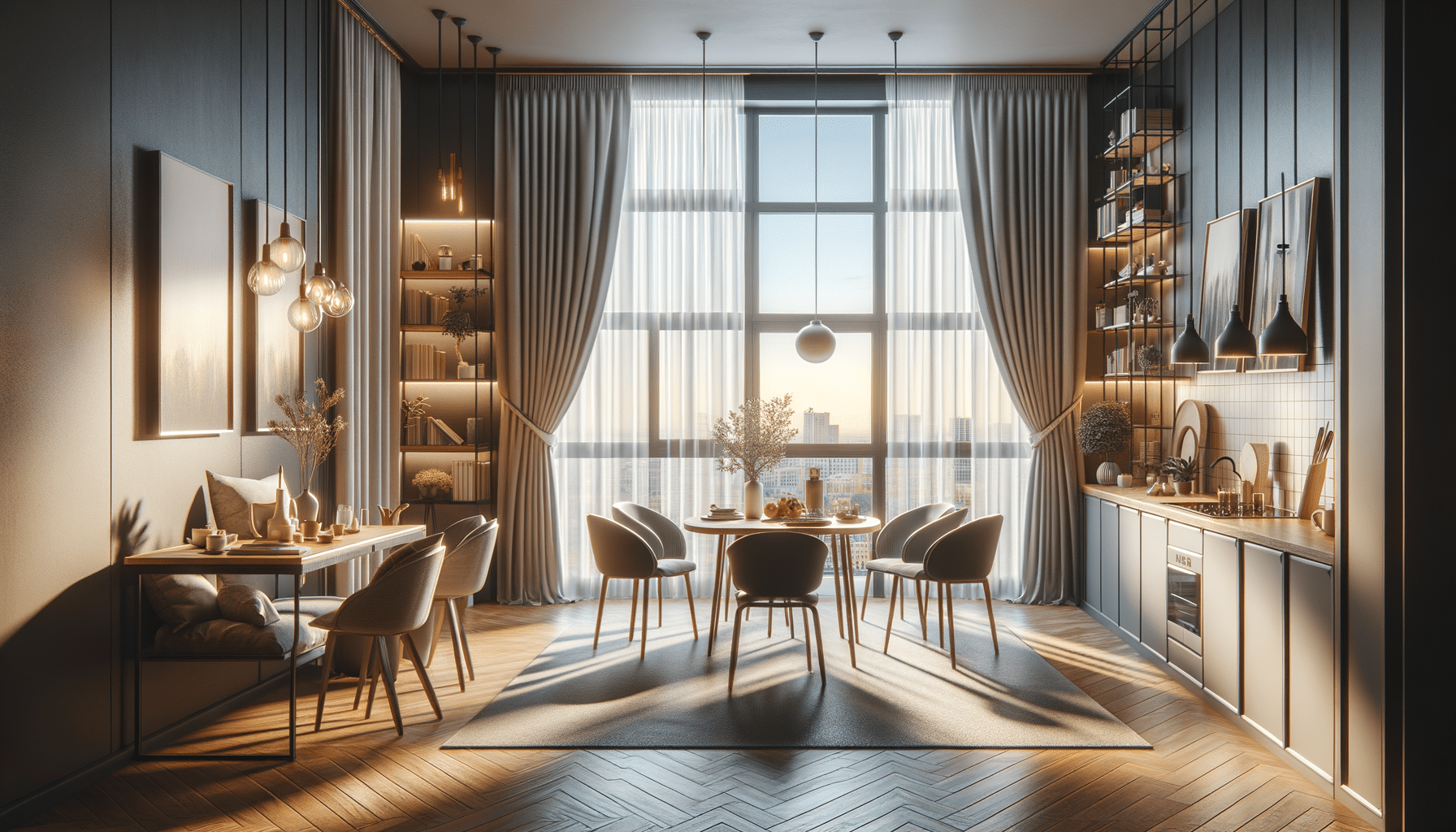
Scandinavian vs. Japanese Minimalism: Key Differences
Minimalist interior design is a global trend that speaks the language of simplicity, function, and beauty. Scandinavian minimalism and Japanese minimalism are two essential styles in this movement. They both emphasise decluttering and natural materials, but each has distinct elements of its culture.
There is a growing adoption of minimalism. For many, space that creates a sense of relaxation and well-being—decluttered, airy, and even calming—is what is good. Learning about these two iconic styles may help you determine which is the right approach for your home.
This guide outlines the differences between Scandinavian design and Japanese wabi-sabi minimalism. It looks at their origins and principles. It also demonstrates how to blend components from each style. It allows you to create a stylish, functional and peaceful home.

The Origins and Philosophy of Each Style
Scandinavian Minimalism
- Origin: It originated in Nordic countries (Sweden, Denmark, Norway, and Finland) and developed as a response to harsh winters.
- Philosophy: Centers on “hygge,” a Danish idea of cosiness and comfort.
- Design Influence: Designed for bright, airy, and practical spaces to combat long winters.
- Core Principles: Focuses on comfort, simplicity, and utility, ensuring everything has a purpose.
- Sustainability Focus: Often uses eco-friendly materials and energy-efficient solutions.
Japanese Minimalism
- Origin: Connected to traditional Japanese culture, especially Zen Buddhism. It reflects the ideas of “ma” (space) and “wabi-sabi” (beauty in imperfection).
- Philosophy: Promotes mindfulness, simplicity, and a deep bond with nature.
- Design Influence: Draws from centuries-old traditions of simplicity and natural materials.
- Core Principles: Emphasizes tranquillity, balance, and thoughtful item placement.
- Spiritual Connection: Influenced by meditation and Zen, it fosters harmony within spaces.

Key Differences Between Scandinavian and Japanese Minimalism
Colour Palette and Aesthetic
- Scandinavian: Features soft, neutral colours like white, beige, and grey, with possible pastel accents.
- Japanese: Uses earthy tones, such as deep browns and muted greens, for a natural feel.
Scandinavian spaces are bright because of the long winters. Japanese designs use calming colours, creating a peaceful, meditative feel.
Materials and Textures
- Scandinavian: This style prefers light woods (oak, pine), soft fabrics (linen, wool), and minimal metallics.
- Japanese: Emphasizes darker woods (cedar, bamboo), natural stone, and handmade ceramics.
Japanese minimalism loves raw, imperfect materials. In contrast, Scandinavian design prefers polished finishes for a softer appearance.
Furniture and Layout
- Scandinavian: Modern furniture with clean lines and a focus on comfort.
- Japanese: Low-profile furniture (tatami mats, floor cushions) that encourages mindfulness.
Scandinavian pieces focus on ergonomic comfort. Japanese designs encourage a closer connection to the floor.
Lighting and Ambiance
- Scandinavian: Maximizes natural light with sheer curtains and bright spaces.
- Japanese: Utilizes soft lighting from paper lanterns and shoji screens for tranquillity.
Scandinavian homes usually have big windows to let in light. In contrast, Japanese interiors use layered lighting to create a peaceful atmosphere.
Decor and Accessories
- Scandinavian: Includes cosy accents like candles, woven baskets, and artwork.
- Japanese: Focuses on minimal decor, negative space, and ikebana (flower arrangements).
Scandinavian homes are warm and welcoming, with decorative touches. Japanese minimalism, on the other hand, values emptiness and focuses on key objects.
Philosophy on Space
- Scandinavian: Creates warm, inviting, and practical spaces.
- Japanese: Encourages mindfulness and intentionality, highlighting essentials.
Scandinavian design focuses on comfort and livability. Japanese minimalism aims for balance with simplicity and open space.

How to Incorporate Scandinavian or Japanese Minimalism in Your Home
For Scandinavian Minimalism:
- Use a neutral colour palette with whites, greys, and soft pastels.
- Prioritise comfort with plush furniture and cosy rugs.
- Choose functional decor, as everything should have a purpose.
- Maximise natural light by keeping windows clear and using mirrors.
- Layer textures for depth while staying minimal.
- Opt for natural materials like wood, linen, and wool.
- Keep surfaces clutter-free but add personal touches like framed art.
For Japanese Minimalism:
- Embrace natural materials such as bamboo and stone.
- Incorporate negative space, but don’t fill every area with decor.
- Use floor seating or low furniture to promote a grounded feel.
- Choose muted, earthy tones for tranquillity.
- Practice mindful decluttering, and only keep what serves a purpose.
- Introduce sliding doors or screens for flexible spaces.
- Utilise handcrafted pottery and ceramics for decor.
For Japandi Style (A Blend of Both):
- Combine Scandinavian warmth with Japanese simplicity for balance.
- Use light and dark woods for contrast.
- Select simple yet comfortable furniture with clean lines.
- Mix soft lighting and natural brightness for harmony.
- Add small handcrafted decor pieces with meaning.
- Create an open, airy feel with intentional decor placement.
Which Style is Best for You?
Scandi is for you if you are fond of light, cosy areas with a modern approach.
Choose Japanese if you want a calm, Zen home with natural materials.
Choose Japandi if you want to combine Scandinavian warmth with Japanese minimalism.
A minimalist home in Scandinavian or Japanese style has different designs. Opt for Scandinavian design for cosy practicality or Japanese wabiMinimalism is about intentionality. Understanding these styles allows you to craft a home that reflects your lifestyle and values.
Ready to transform your home? Clear out the clutter, choose natural materials, and follow design principles that create calm and joy.


